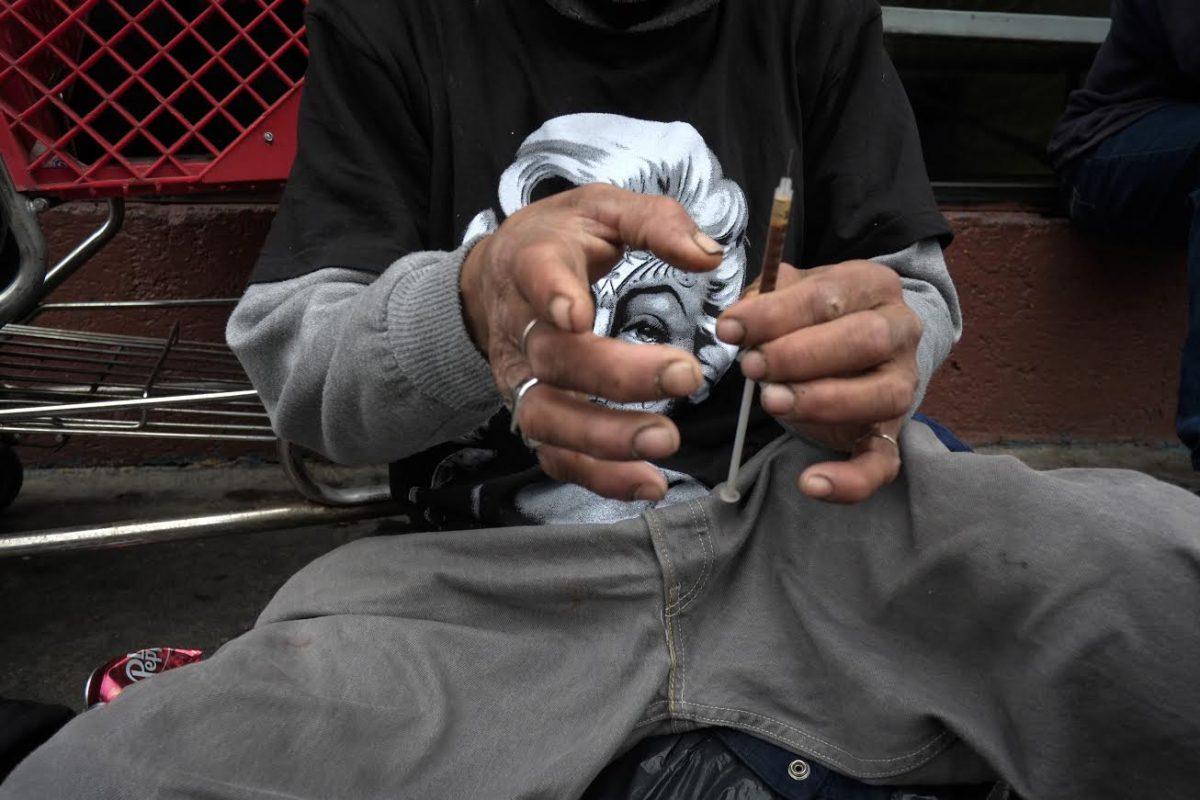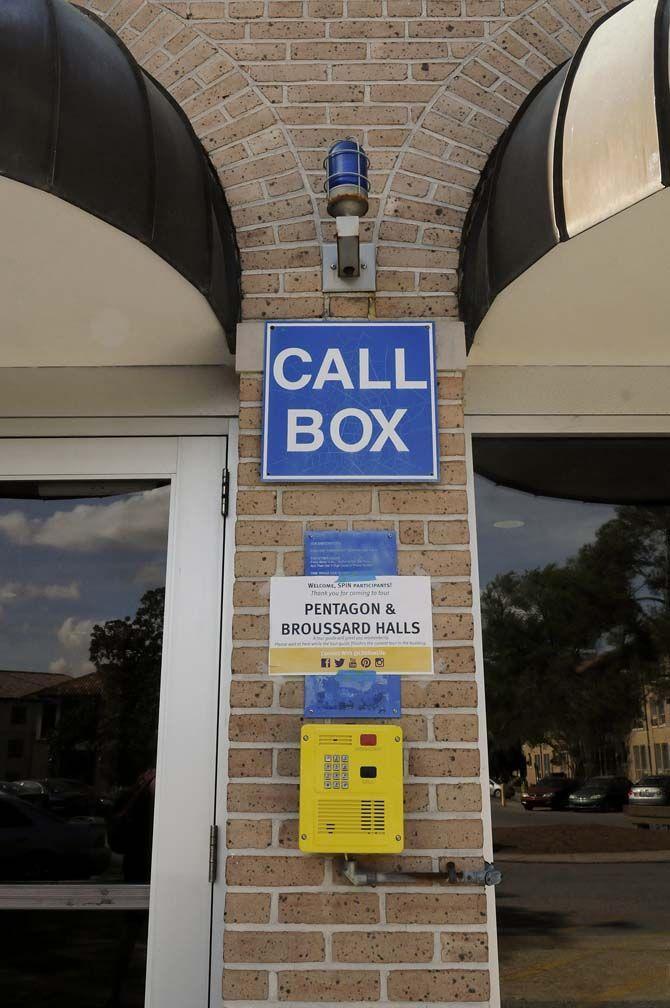There’s no doubt about it: Baton Rouge has a heroin problem.
“It’s a concern to us because it has crossed over so many social and economic boundaries unlike in the past and we have seen so many deaths,” said Baton Rouge Police Department spokeswoman Sgt. Mary Ann Godawa.
Opium-derived pills like Vicodin and Oxycontin have become a popular substitute for heroin in recent years, so law enforcement has begun cracking down on the abuse of prescription medication. Since obtaining these types of painkillers has become more difficult, the prices have skyrocketed. This, in turn, has caused those addicted to prescription pills to seek out the cheaper alternative — plain ol’ heroin.
After the recent death of the Academy Award-winning actor Philip Seymour Hoffman, heroin is on the public’s mind once again.
Heroin may seem like a drug for edgy celebrities or down-and-out folk, but it is much more pervasive than that.
2012 saw the death of only five people related to heroin in East Baton Rouge Parish. Last year, heroin was responsible for the death of 35, according to Shane Evans, chief of investigations at East Baton Rouge Parish Coroner’s Office.
Even then, a drug called Naloxone, which can reverse the shutdown of the respiratory and nervous systems caused by heroin overdoses, was administered by EBR Parish Emergency Medical Services a total of 258 times in 2013, according to The Advocate. This number was only 169 in 2012, The Advocate reported.
These harrowing facts, plus the arrest of four people believed to be “connected” to the heroin found in Hoffman’s apartment sparked controversy and raised an important question — how do we punish those involved with hard drugs?
Jail time? Fines? Rehabilitation? My vote is for the latter.
Heroin is a drug with extremely high chances of physical dependency. It is pretty much a lose-lose situation: if you do heroin, there’s a good chance you’ll overdose and die. If you try to quit it, the cardiac dysrhythmia could cause you to suffer from a heart attack and die.
In an interview with the Chicago Tribune, psychotherapist Jens Hussey sums up the effect of heroin, saying “The initial high of heroin is supposedly unbelievable. The weird thing is that the first high is the best and users can’t achieve it again. That’s what they call ‘chasing the dragon.’ That intensity increases the chances of a person becoming addicted.”
Because of this intense physical dependency, I believe heroin users should not be fined or sent to prison. There is something wrong with our justice system if its reaction to drug addiction is jail time.
With both the body and mind affected, heroin addicts should be provided with medical and psychological treatment.
According to the Centers for Disease Control and Prevention, 105 people die from drug overdoses every single day in the United States. If opiate-countering drugs like Naloxone were made available to ordinary citizens, it could potentially save an unbelievable number of lives.
In an Op-Ed column for the New York Times, an emergency room physician argued for Naloxone to be provided over the counter, saying “We make it harder to buy a firearm with background checks and waiting periods, and we teach gun safety and sometimes mandate trigger locks. We can make heroin safer too by supplying methadone or buprenorphine as medications to treat physical dependence … And facilitating the wide availability of naloxone to counteract overdoses.”
When the word “heroin” is mentioned, what images pop up in your head? Mia Wallace accidentally snorting and eventually overdosing on heroin in “Pulp Fiction?” Music icons living lives of addiction? Whatever you think, it’s probably ugly, sad and haunting— because that is exactly what heroin is.
SidneyRose Reynen is an 18-year-old film and art history freshman from New Orleans.
Opinion: Heroin use a mental, medical issue, not a legal one
February 11, 2014
More to Discover










